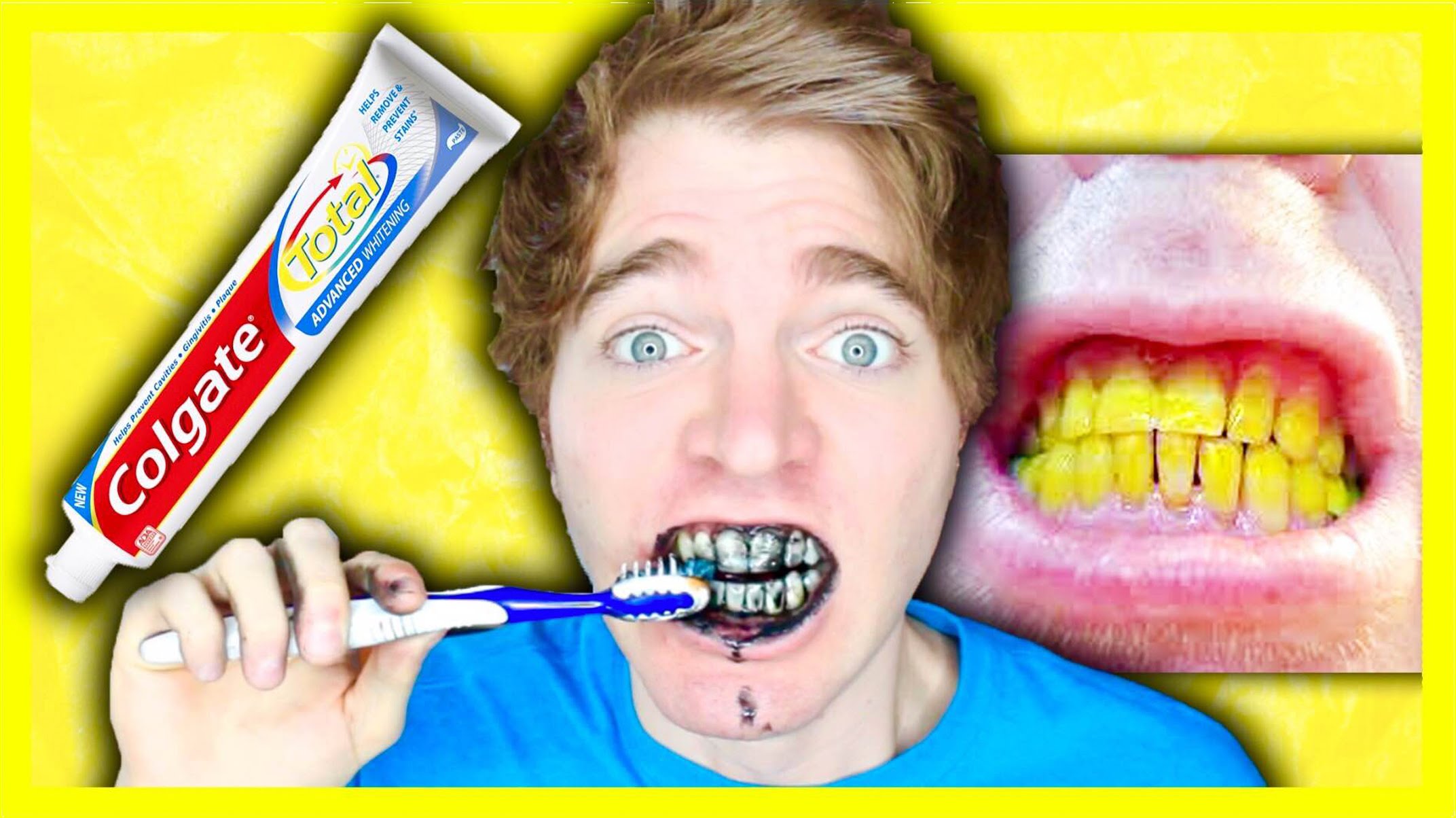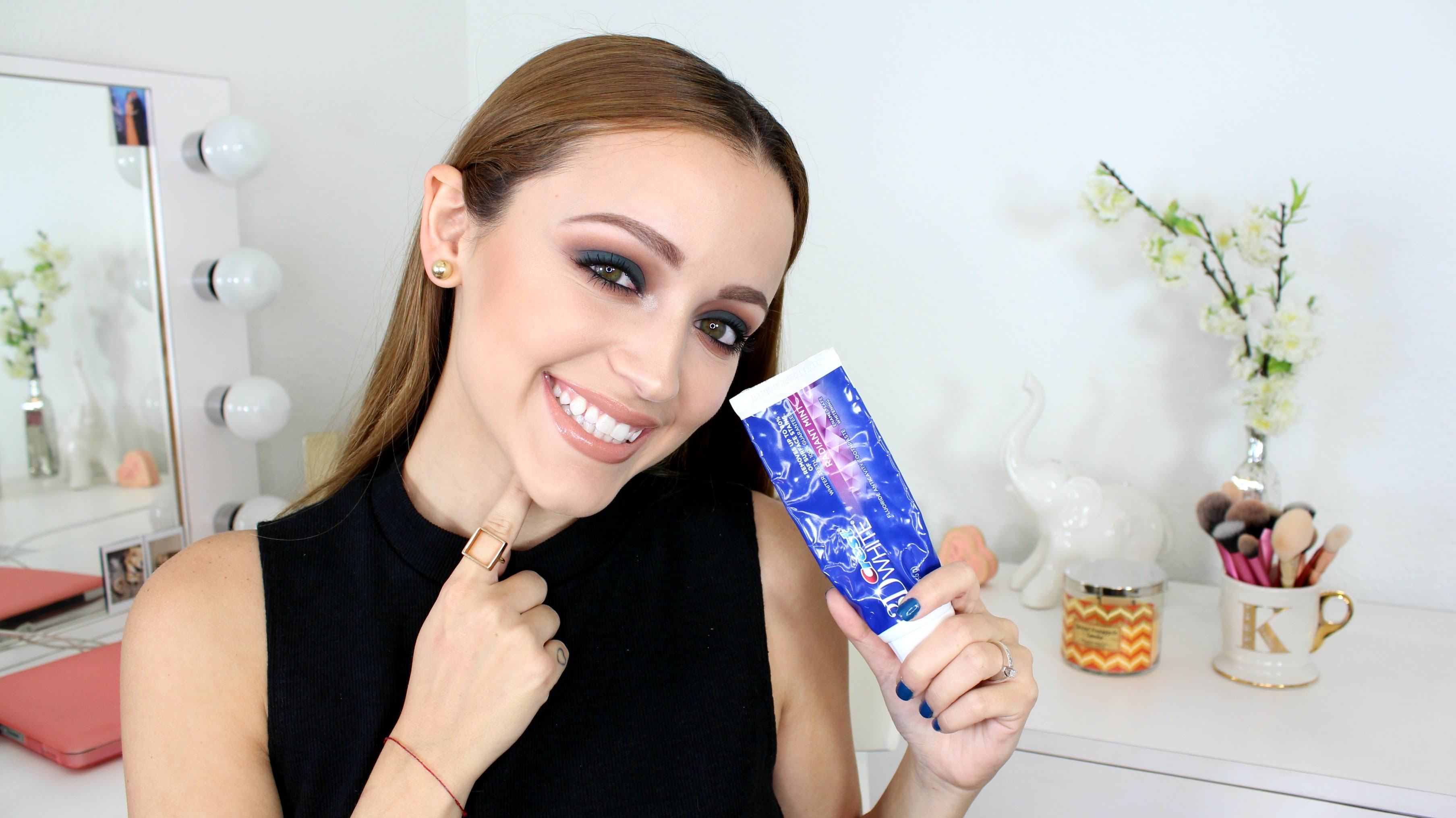Teeth Whitening Vs Teeth Polishing
The market is flooded with products that promise to whiten your teeth. You can walk into any pharmacy with a closed-lip smile and walk out with more gels, trays, strips, and pastes than you have teeth in your mouth. Many of these products are capable of brightening your smile to some degree, but not all of them are actually capable of teeth whitening. There’s a difference and understanding it can be a way to avoid disappointment and serious damage to one’s teeth.
Whiteners work by having a peroxide-based chemical penetrate the enamel of your teeth. Once absorbed, they work their magic on the interior dentin of the tooth, which is what’s largely responsible for its color. These strategies actually fundamentally change the color of your teeth, working from the inside out. That holds true whether you’re discussing do-it-yourself kits with less concentrated solutions or professionally-administered strategies that may make use of laser lights to heat and activate a stronger peroxide brew.
Other products often referred to as teeth whitening options are actually cleaners or polishers. They work by removing stains from the exterior of the teeth. If your smile has lost its shininess because of exterior staining (a problem common for smokers and coffee guzzlers), these products may be able to improve the appearance of your smile.
Teeth whitening toothpastes are the most common example of non-whitening whiteners. These toothpastes don’t contain anything capable of changing the actual color of one’s teeth. Instead, they contain mild abrasives, that when brushed across the surface of the enamel, can dislodge certain stains. That’s wildly different than having a peroxide-based chemical activated under the enamel of your teeth, re-coloring the dentin. One is a serious means be which to significantly change the appearance of your grin. The other is just a nice way to fight a few stains.
There’s nothing wrong with those toothpastes and they really can make a difference for some people The only problem is that not everyone understands the difference between abrasive cleansers and real whiteners. As such, they develop inaccurate expectations. They may also begin to believe that the best way to get results is to use the toothpastes with heightened frequency. Overuse of abrasive-based products can occasionally cause lasting damage to one’s teeth and gum irritation.
The most dramatic results in smile brightening come from real, chemical-based teeth whitening. If you need lighten the shade of your smile significantly, that’s going to be the only way to get the job done. All of the brushing and scrubbing in the world isn’t going to create the desired change. That scrubbing might remove superficial staining, but real teeth whitening is an inside-out matter that requires more than a good toothpaste.
Teeth Whitening Vs Teeth Polishing by Astrid Port




